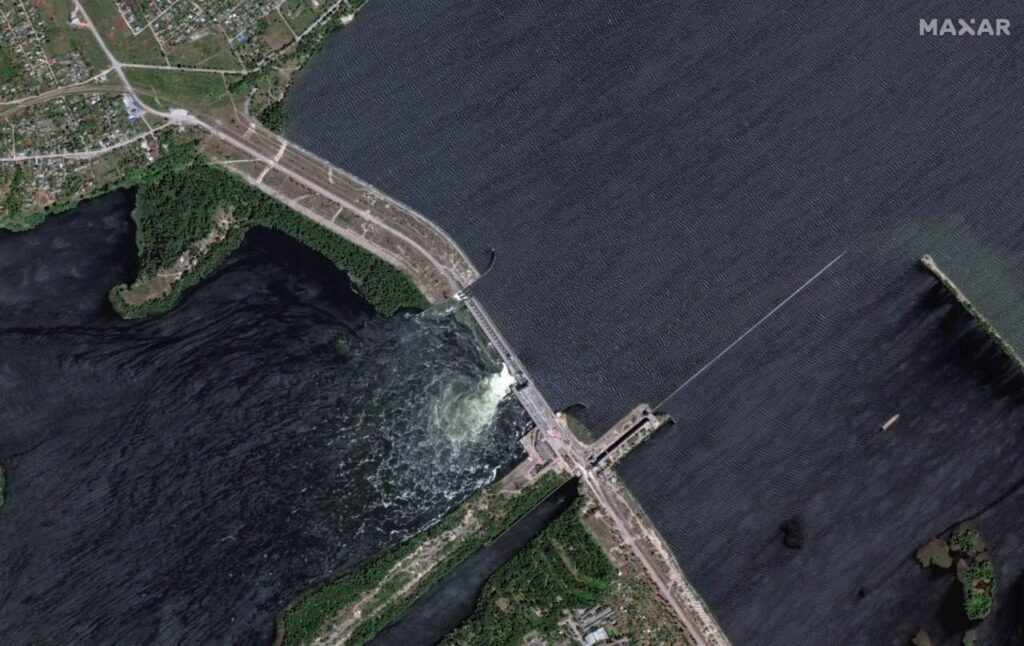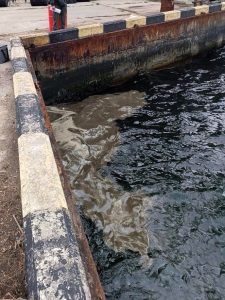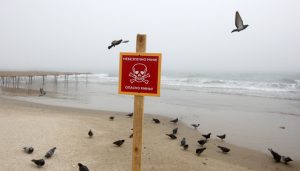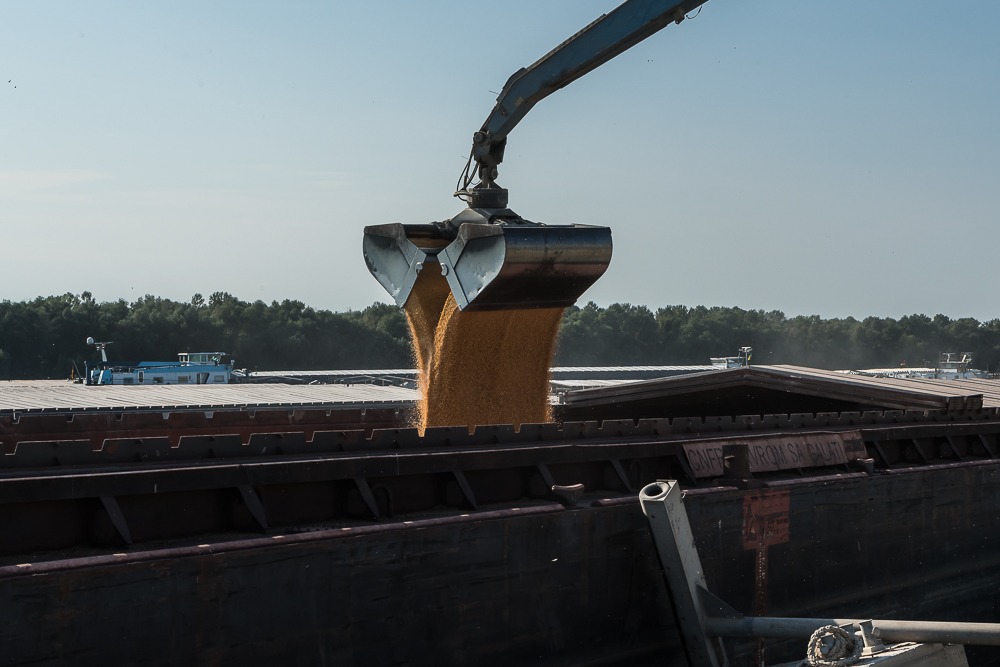Ukraine’s losses due to the explosion of the Kakhovska HPP reach $11 billion

The explosion of the Kakhovska HPP by the Russians in June caused Ukraine 11 billion dollars in damages.
The damages were calculated in the joint report Assessment of needs after the disaster at the Kakhovska HPP dam” (PDNA) of the Cabinet of Ministers of Ukraine and the United Nations.
The Kakhovskyi reservoir provided energy, the availability of drinking water, irrigation and river transport in the south of Ukraine. The destruction led to the flooding of settlements located downstream and the deprivation of water to communities located upstream, which required urgent evacuation and humanitarian assistance.
A sudden release of more than 18 cubic km of water over 4 days resulted in the release of more than 14.7 cubic km of water from the dam. As a result, 80 settlements in four regions — Kherson, Mykolaiv, Dnipropetrovsk, and Zaporizhia — were affected, which directly affected 100,000 residents, the report says.
About a million people lost access to drinking water, and 140,000 were deprived of electricity. Massive damage to the environment was caused in protected and forest areas.
Some of the most affected areas are located on the left bank of the Dnieper in the Kherson region and are under Russian occupation, which makes it difficult to fully assess the impact of the disaster.
According to PDNA, the amount of direct damage to infrastructure and assets is $2.79 billion, and the amount of damages is more than $11 billion. Experts call the long-term impact of the ecocatastrophe on the environment the biggest problem.
Direct damage to infrastructure and assets was highest in the energy and housing sectors. Damage to the energy sector is estimated at $1.26 billion (45% of the total), and damage to housing amounted to more than $1.1 billion (39%). This is followed by culture and tourism (6%), municipal services and communal infrastructure (5%), water supply and sanitation (3%), with significant damage recorded.





